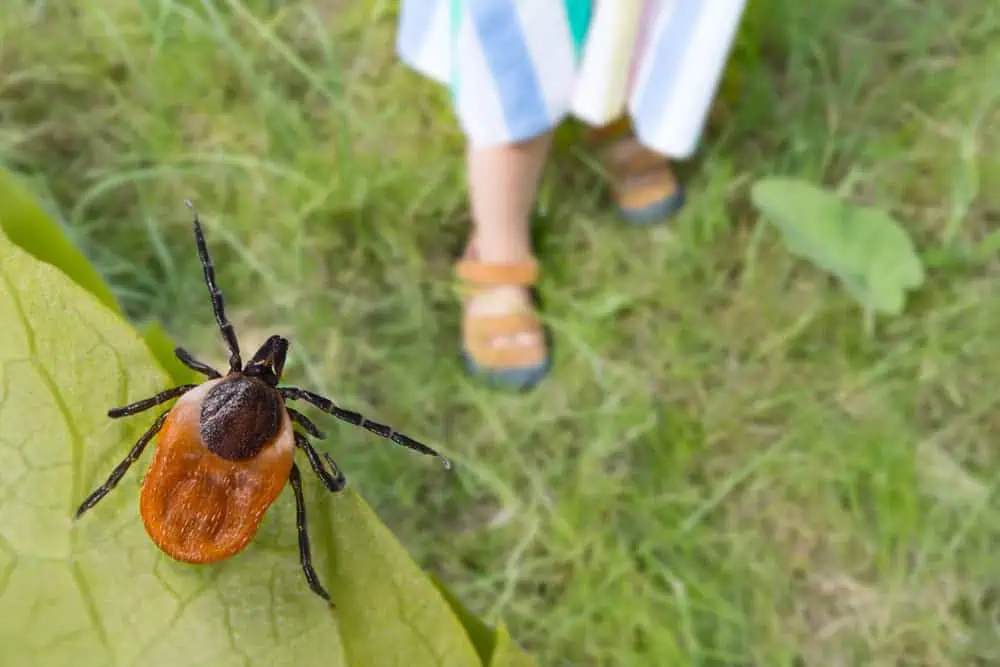Professional tick control that lets your family play outside safely again.

Hear from Our Customers

You’ll walk through your yard without constantly checking your legs. Your kids can play in the grass without you worrying about finding ticks at bath time. Your dog can run through the bushes, and you won’t spend twenty minutes checking for hitchhikers afterward.
That’s what effective tick control for your yard actually delivers. Not just fewer ticks—real peace of mind when you step outside. You’ll garden without gloves on. Host backyard barbecues without warning guests to stay on the patio. Let your family enjoy the outdoor space you’re paying for.
The best part? You won’t think about ticks every time you see tall grass or brush. When tick control is done right, you simply forget they were ever a problem.
We’ve been handling tick problems across New Jersey for years. We understand how ticks move through properties here, where they hide, and when they’re most active in our climate.
We’re not a national chain reading from a script. We know that Ivystone Farms properties often back up to wooded areas where deer ticks thrive. We know the difference between dog ticks and the blacklegged ticks that carry Lyme disease.
That local knowledge matters when you’re dealing with something that can make your family sick. We’ve seen what works and what doesn’t in neighborhoods just like yours.

First, we walk your property to identify tick hotspots. That’s usually where your lawn meets wooded areas, around stone walls, in tall grass, and anywhere deer travel. These transition zones are where ticks wait for hosts.
Next, we apply targeted treatments to these high-risk areas using professional-grade products that aren’t available to homeowners. We’re not spraying your entire yard—we’re focusing on the places ticks actually live and travel.
Finally, we schedule follow-up treatments based on your property’s tick pressure and the season. Spring and early summer need more attention. Fall treatments target ticks before they go dormant. The goal is keeping tick populations low throughout the active season, not just killing the ones you can see today.

Ready to get started?
You get a thorough property inspection to map out where ticks are actually living and traveling. Most homeowners guess wrong about where their tick problem is coming from. We find the source.
Treatment focuses on perimeter areas, brush lines, tall grass, and anywhere we find evidence of deer or other wildlife. We use EPA-approved products that target ticks without wiping out beneficial insects like bees and butterflies.
You also get practical advice about habitat modification—simple changes that make your property less attractive to ticks long-term. Things like keeping grass short in certain areas, managing brush piles, and understanding how landscaping choices affect tick populations. The treatment handles the immediate problem. The habitat advice helps prevent future infestations.
